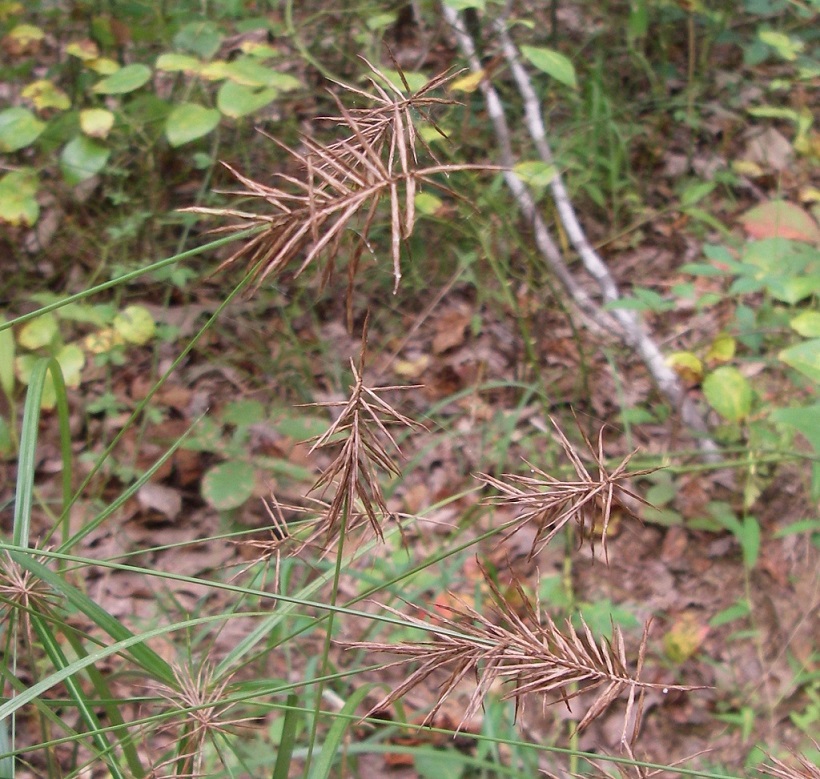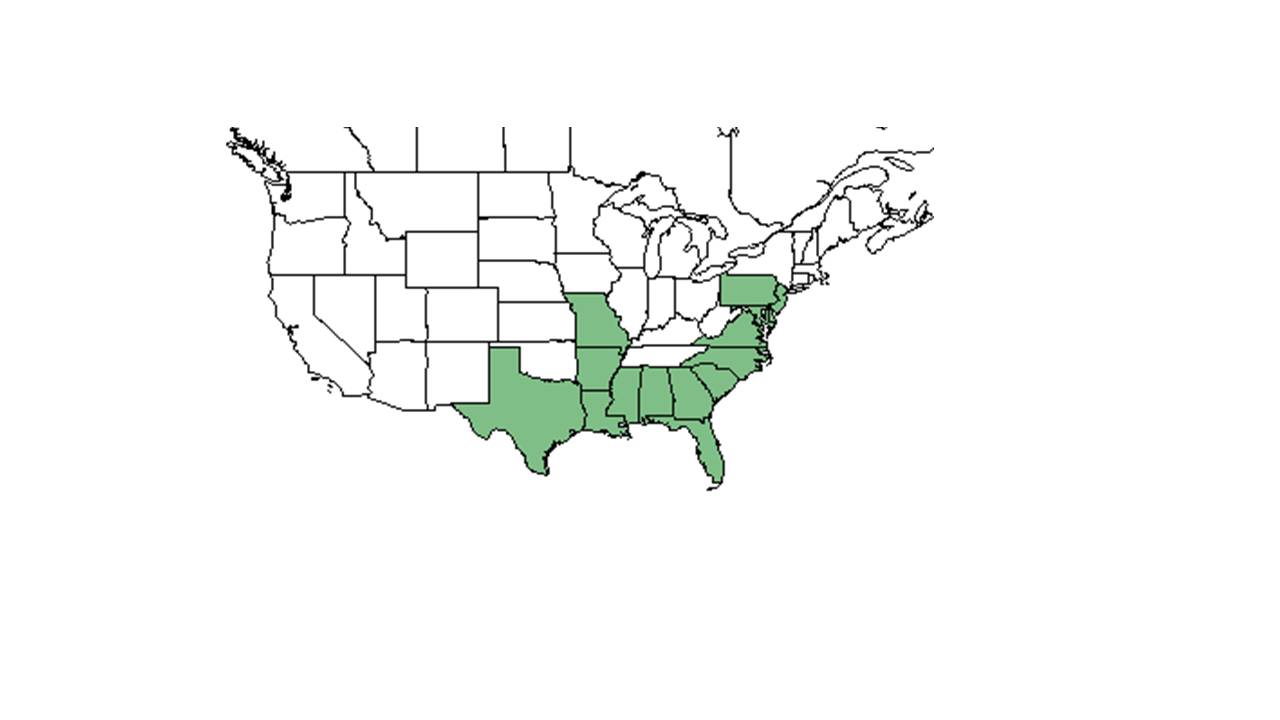Difference between revisions of "Cyperus hystricinus"
(→Ecology) |
|||
| Line 41: | Line 41: | ||
<!--===Seed bank and germination===--> | <!--===Seed bank and germination===--> | ||
<!--===Fire ecology===--> <!--Fire tolerance, fire dependence, adaptive fire responses--> | <!--===Fire ecology===--> <!--Fire tolerance, fire dependence, adaptive fire responses--> | ||
| − | <!--===Pollination | + | <!--===Pollination and use by animals===--> |
| − | |||
<!--===Diseases and parasites===--> | <!--===Diseases and parasites===--> | ||
| + | |||
==Conservation, cultivation, and restoration== | ==Conservation, cultivation, and restoration== | ||
Revision as of 17:44, 11 June 2021
| Cyperus hystricinus | |
|---|---|

| |
| Photo by W. A. McAvoy, 2015. The Flora of Delaware Online Database | |
| Scientific classification | |
| Kingdom: | Plantae |
| Division: | Magnoliophyta - Flowering plants |
| Class: | Liliopsida – Monocotyledons |
| Order: | Poales |
| Family: | Cyperaceae |
| Genus: | Cyperus |
| Species: | C. hystricinus |
| Binomial name | |
| Cyperus hystricinus Fernald | |

| |
| Natural range of Cyperus hystricinus from USDA NRCS Plants Database. | |
Common name: Bristly flatsedge
Contents
Taxonomic notes
Synonyms: Cyperus retrofractus (Linnaeus) Torrey var. hystricinus (Fernald) Kükenthal.[1]
Varieties: none.[1]
Description
A description of Cyperus hystricinus is provided in The Flora of North America. Cyperus hystricinus is a perennial graminoid.
Distribution
Ecology
Habitat
C. hystricinus is found in sandhill communities and turkey oak-post oak-hickory-longleaf pine communities. [2] It also has been found in disturbed areas, including recreation areas and near garbage dumps. [2] The species tends to prefer dry, sandy soils and open, sunny conditions. [2]
Associated species include Cyperus plukenetii. [2]
Phenology
This species has been observed flowering and fruiting in June and August. [2]
Conservation, cultivation, and restoration
Cultural use
Photo Gallery
References and notes
- ↑ 1.0 1.1 Weakley, A.S. 2015. Flora of the southern and mid-atlantic states. Working Draft of 21 May 2015. University of North Carolina at Chapel Hill, Chapel Hill, North Carolina.
- ↑ 2.0 2.1 2.2 2.3 2.4 Florida State University Robert K. Godfrey Herbarium database. URL: http://herbarium.bio.fsu.edu. Last accessed: June 2014. Collectors: Loran C. Anderson, Richard Carter, and R. A. Norris. States and Counties: Florida: Okaloosa and Walton. Georgia: Coffee.